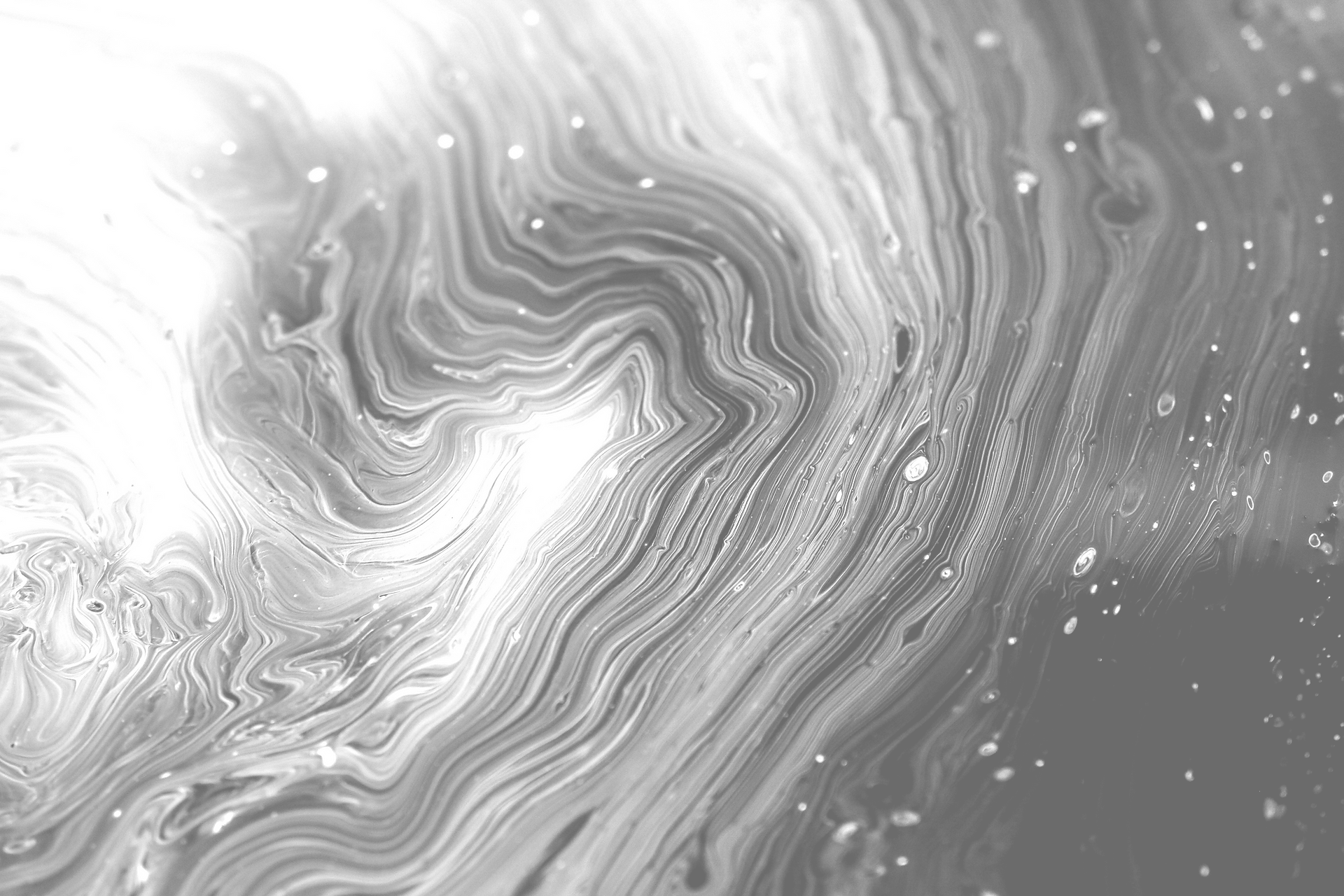
ABOUT ME
I grew up in the French Carribean on a small island called Martinique. After 4 years of University studies in the Guadeloupe Island, I went to Bordeaux for the last year of study. I did my PhD at the Laboratoire d'astrophysique de Bordeaux (which was located at that time in an historical observatory close to the big city).
In 2004, I left for the USA (University of Columbus, Ohio) for a two years postdoc with Prof. Eric Herbst. Since 2006, I have been a CNRS permanent researcher at the Laboratoire d'astrophysique de Bordeaux.

My mentor (Eric Herbst) and me at a conference in Leiden in 2008.
RESEARCH INTERESTS
Improving chemical models
Since the beginning of my carrier, I have been working the development of chemical models for the interstellar medium.
I am one of the first ones to study the propagation of the model parameter uncertainties. Such studies allow the determination of error bars on the abundances computed by the models. They also allow for the identification of key reactions in the chemical network used by the model.
A public version of a gas-phase chemical model and uncertainty propagation procedures are availble on my download page.
In parallel, I have been working with physicients and chemists to improve our knowledge on physical and chemical processes to be included in chemical models. Among other things, we have reviewed the carbon chemistry (Wakelam et al. 2009, Chabot et al. 2010, Chabot et al. 2013, Loison et al. 2014a, Wakelam et al. 2015, Loison et al. 2016, Hickson et al. 2016, Loison et al. 2017), the nitrogen chemistry (Daranlot et al. 2012, Daranlot et al. 2013, Loison et al. 2014b, Bougalais et al. 2015, Hickson et al. 2015), and the sulphur chemistry (Loison et al. 2012, Druard & Wakelam 2012, Vidal et al. 2017). We have also reviewed binding energies for physisorbed species (Wakelam et al. 2017).
3D chemical composition of cold cores and protostars
Gas and ice chemical composition dependent strongly on the locacl physical conditions but also on their history. We have used 3D time-dependent physical conditions to compute the chemistry during the formation of stars: from diffuse conditions to young protoplanetary disks. The main reasonn is that the chemical composition at each step is depedent on what happens before. These results were funded by the ERC Starting Grant 3DICE for which I was the PI and are found in: Hincelin (2016), Ruaud et al. (2018), Wakelam et al. (2019, 2020), Coutens et al. (2020).

Wakelam et al. (2005, 2010)

Predicted CO abundance with two initial conditions A and B in a protodisk (Coutens et al. 2020). (gas) means only gas-phase CO while (total) means gas+ice abundance. The physical structure is obtained from a 3D MRHD collapse model.
Some outreach